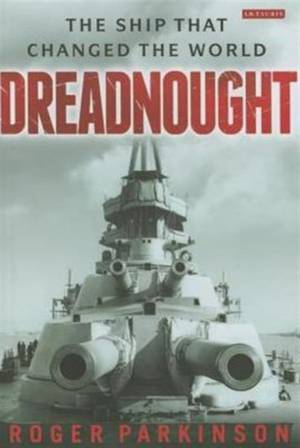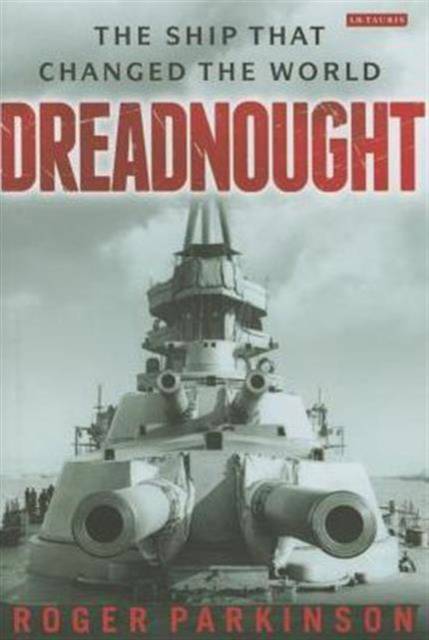
- Afhalen na 1 uur in een winkel met voorraad
- Gratis thuislevering in België vanaf € 30
- Ruim aanbod met 7 miljoen producten
- Afhalen na 1 uur in een winkel met voorraad
- Gratis thuislevering in België vanaf € 30
- Ruim aanbod met 7 miljoen producten
Zoeken
€ 115,45
+ 230 punten
Omschrijving
The years leading to World War I were the 'Age of the Dreadnought'. The monumental battleship design, first introduced by Admiral Fisher to the Royal Navy in 1906, was quickly adopted around the world and led to a new era of naval warfare and policy. In this book, Roger Parkinson provides a re-writing of the naval history of Britain and the other leading naval powers from the 1880s to the early years of World War I. The years before 1914 were characterised by intensifying Anglo-German naval competition, with an often forgotten element beyond Europe in the form of the rapidly developing navies of the United States and Japan. Parkinson shows that, although the advent of the dreadnought was the pivotal turning-point in naval policy, in fact much of the technology that enabled the dreadnought to be launched was a continuity from the pre-dreadnought era. In the annals of the Royal Navy two names will always be linked: those of Admiral Sir John 'Jacky' Fisher and the ship he created, HMS Dreadnought.
This book shows how the dreadnought enabled the Royal Navy to develop from being primarily the navy of the 'Pax Britannica' in the Victorian era to being a war-ready fighting force in the early years of the twentieth century. The ensuing era of intensifying naval competition rapidly became a full-blooded naval arms race, leading to the development of super-dreadnoughts and escalating tensions between the European powers. Providing a truly international perspective on the dreadnought phenomenon, this book will be essential reading for all naval history enthusiasts and anyone interested in World War I.
This book shows how the dreadnought enabled the Royal Navy to develop from being primarily the navy of the 'Pax Britannica' in the Victorian era to being a war-ready fighting force in the early years of the twentieth century. The ensuing era of intensifying naval competition rapidly became a full-blooded naval arms race, leading to the development of super-dreadnoughts and escalating tensions between the European powers. Providing a truly international perspective on the dreadnought phenomenon, this book will be essential reading for all naval history enthusiasts and anyone interested in World War I.
Specificaties
Betrokkenen
- Auteur(s):
- Uitgeverij:
Inhoud
- Aantal bladzijden:
- 320
- Taal:
- Engels
Eigenschappen
- Productcode (EAN):
- 9781780768267
- Verschijningsdatum:
- 6/01/2015
- Uitvoering:
- Hardcover
- Formaat:
- Genaaid
- Afmetingen:
- 163 mm x 241 mm
- Gewicht:
- 680 g

Alleen bij Standaard Boekhandel
+ 230 punten op je klantenkaart van Standaard Boekhandel
Beoordelingen
We publiceren alleen reviews die voldoen aan de voorwaarden voor reviews. Bekijk onze voorwaarden voor reviews.








